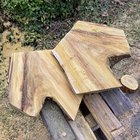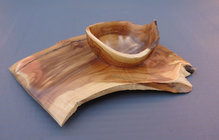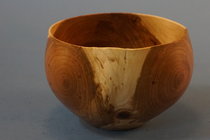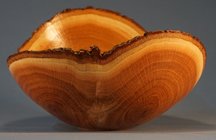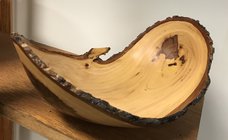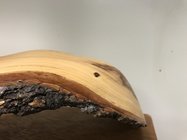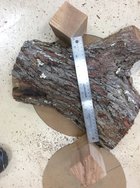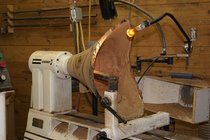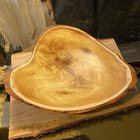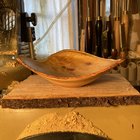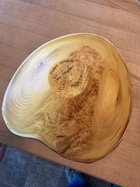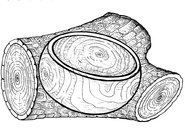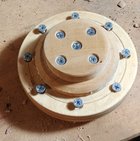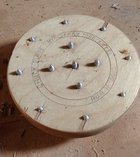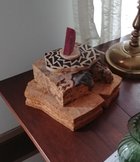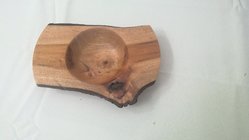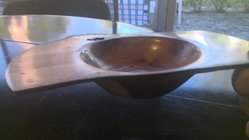- Joined
- Jul 18, 2018
- Messages
- 1,352
- Likes
- 2,931
- Location
- Baltimore, MD
- Website
- loujacobswoodturning.com
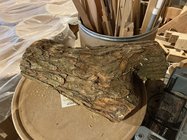 I’m hoping to make a NE bowl from this Osage orange crotch, but I am worried about its potential to crack. I was hoping to have the wings of the bowl sweep up to include a bark edge on all three sections of the crotch. This would necessitate leaving the pith in each wing. Is it inevitable that there will be cracks radiating from the pith? Any suggestions how to keep that from happening? The alternative, I suppose, is to slice the log lengthwise through the pith and just make a three armed bowl but without bark all the way up the ends. That would be OK but not my preference.
I’m hoping to make a NE bowl from this Osage orange crotch, but I am worried about its potential to crack. I was hoping to have the wings of the bowl sweep up to include a bark edge on all three sections of the crotch. This would necessitate leaving the pith in each wing. Is it inevitable that there will be cracks radiating from the pith? Any suggestions how to keep that from happening? The alternative, I suppose, is to slice the log lengthwise through the pith and just make a three armed bowl but without bark all the way up the ends. That would be OK but not my preference.
Last edited:

